Affiliate links on Android Authority may earn us a commission. Learn more.
The best new smartphones we saw at CES 2020
January 8, 2020
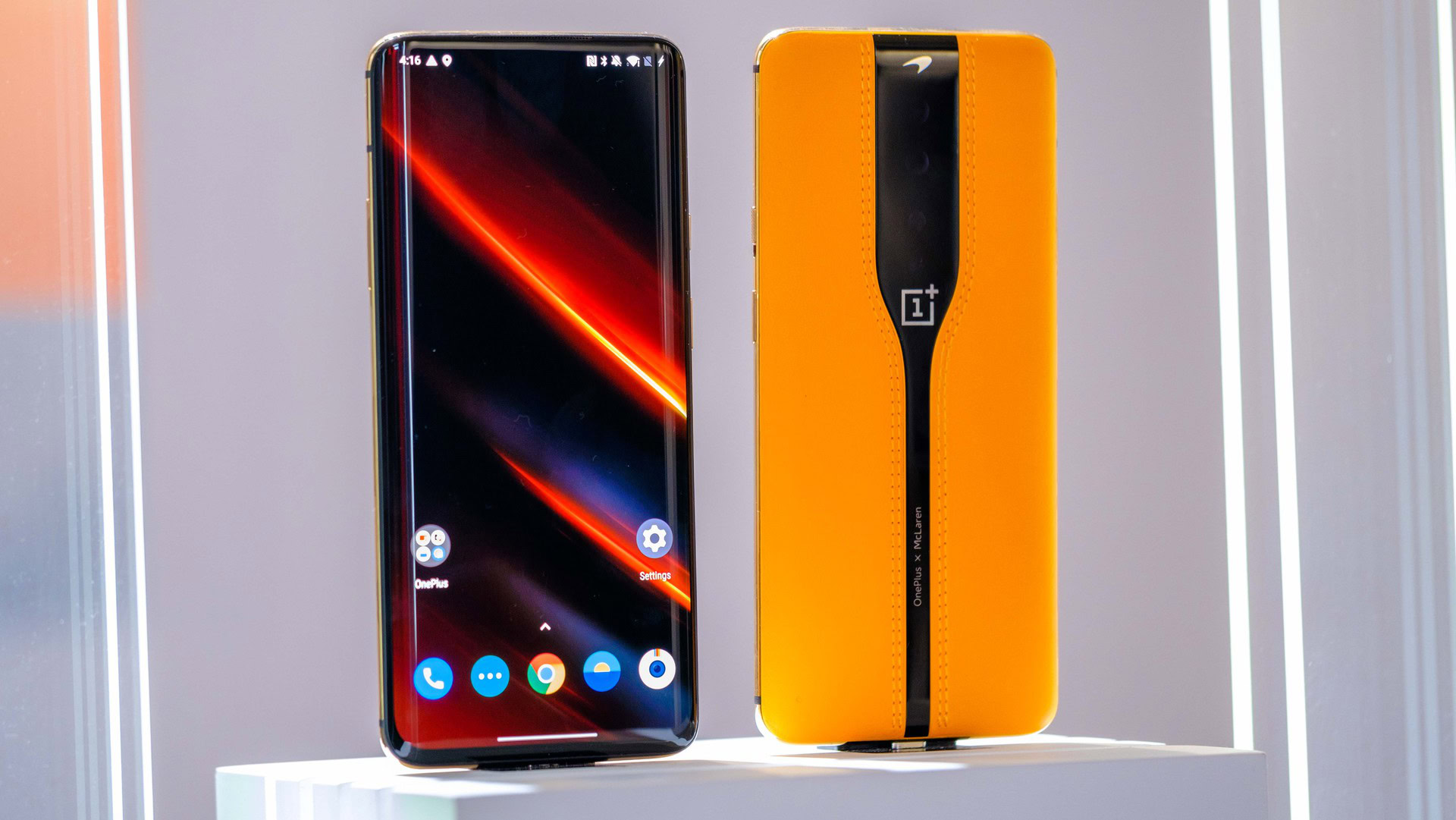
A few days before CES 2020 kicked off, a report from Wave7 Research stated that 90% of all postpaid (on-contract) phones sold in the US in December were either Samsung or Apple.
It’s no surprise therefore that the US market is becoming less of a focus for phone makers not named Apple or Samsung, and that was visible at CES. We had very few interesting smartphone announcements at the show, unlike some previous years. Here are the ones you should know about.
OnePlus Concept One
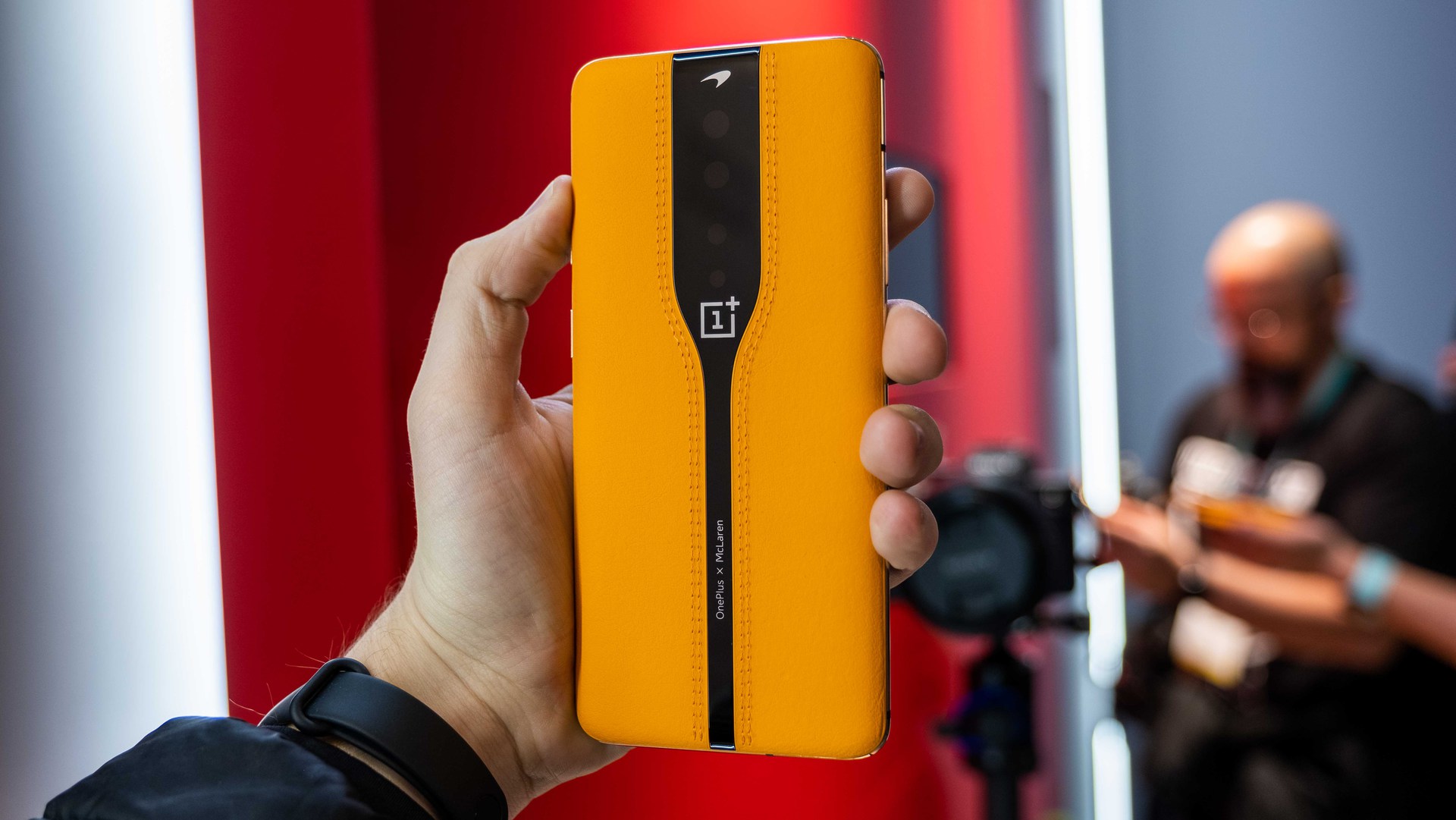
OnePlus arguably overhyped Concept One, but the vanishing cameras on this new concept phone are still quite cool. The phone uses a thin layer of electrochromic glass to make the cameras on the back disappear when not in use. You may find it a little gimmicky, but OnePlus’ idea is a decent solution to the visual clutter brought by modern multi-camera setups.
Besides the cosmetic factor, the electrochromic glass cover doubles as a neutral-density filter. This is useful when shooting scenes with excessive lighting that would otherwise result in overexposed shots.
OnePlus will not sell the Concept One, and that’s a shame because it looks pretty great in McLaren-inspired Papaya Orange. However, the electrochromic glass will make it to future OnePlus phones – perhaps the OnePlus 8T?
Samsung Galaxy S10 Lite
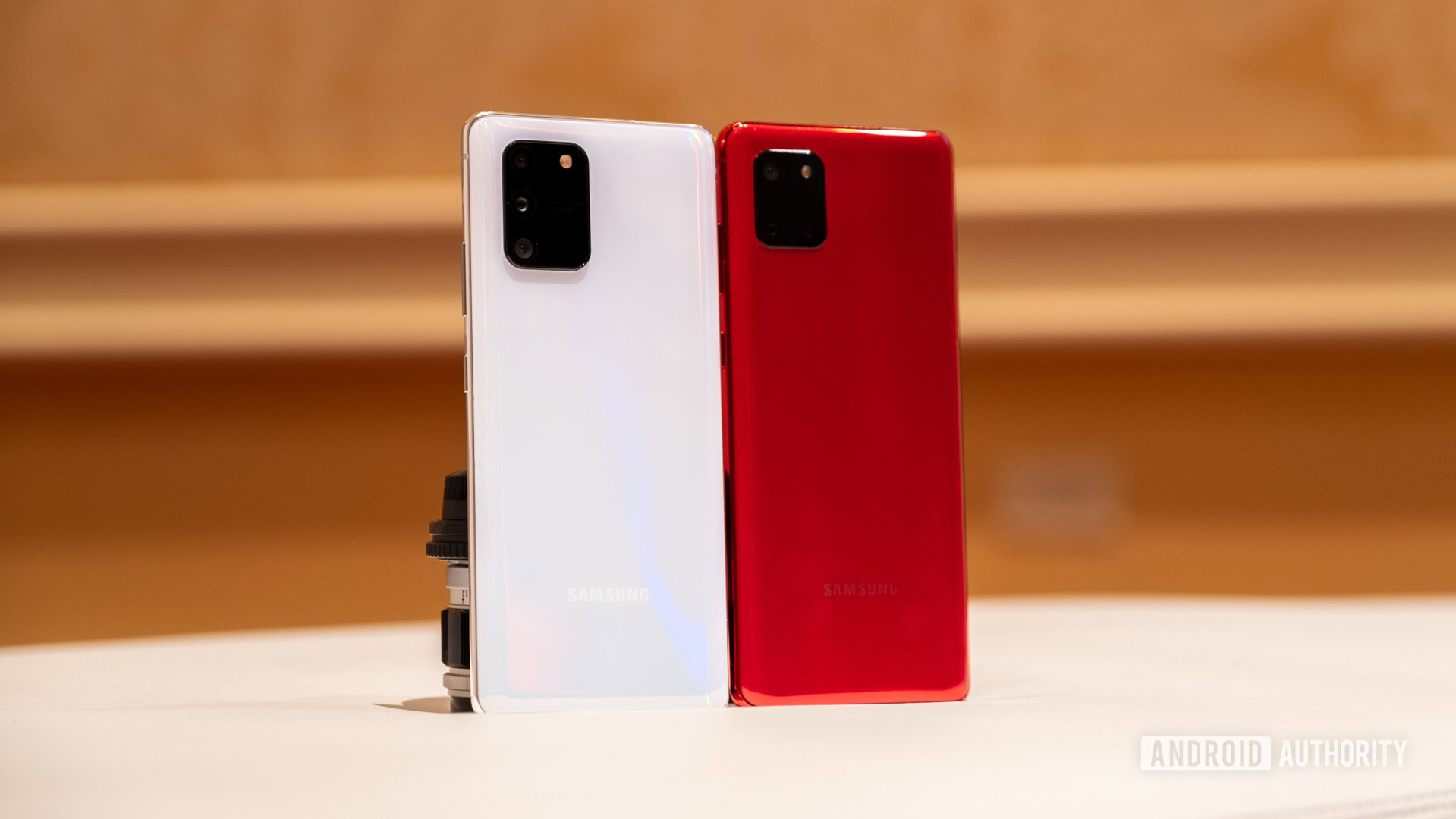
We’ve seen many “Lite” devices in the past that had little in common with their flagship siblings, other than the name. These devices were, in general, a bad deal for users, as they came with many tradeoffs, while still charging a premium.
The Galaxy S10 Lite is a little different. Despite the Lite designation, its specs are quite impressive. It has a Snapdragon 855 processor, 6 or 8GB of RAM, and a 4,500mA battery, which is pretty damn close to a flagship phone these days. The Galaxy S10 Lite is in some regards even better than the Galaxy S10; that’s confusing, I know.
The Galaxy S10 Lite may be flagship-fast, but Samsung made some tradeoffs when it comes to design. Its build quality is a step down from the Galaxy S10 and the feel in hand is not quite as luxurious. Plus, the headphone jack is gone, which is plain weird for a device that’s supposed to be value-oriented.
Don’t miss: The 3 best Chromebooks here at CES 2020
Teracube One
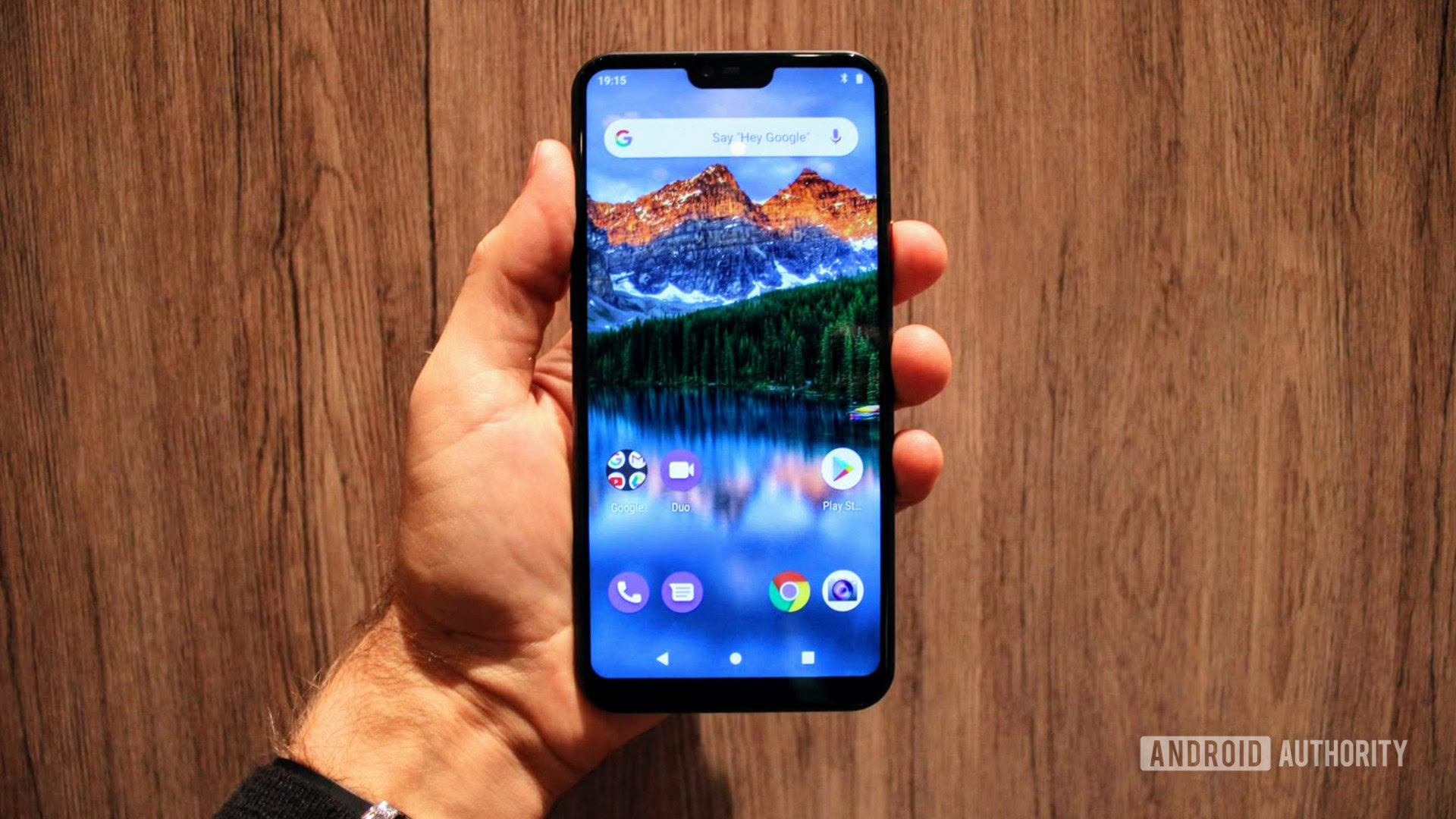
The Teracube One is both extraordinary, and extremely boring. To start with the bad, it’s a run-off-the-mill budget phone with a dated design and specs like MediaTek Helio P60, 6GB of RAM, 128GB of storage, and a 3,300mAh battery. A real snooze-fest.
But this crowdfunded device stands out through the warranty policy offered by Teracube. You get four full years of worldwide warranty, provided you cover the costs of shipping the device if you’re outside of the US. That’s four times more than what most smartphone users in the US get, and it gets better. If you damage your phone by accident you can get it fixed for a flat $39 fee, including broken screens. And if your battery degrades below a certain level within the warranty period, Teracube will replace it for you for free.
The Teracube One is a breath of fresh air at gadget-obsessed CES. Our addiction to smartphones has a massive environmental and social cost, and few companies are willing to even talk about it. Simply holding on to our devices for longer would go a long way towards alleviating that cost, and extended warranty periods are a great way to promote this goal.
TCL 10 Pro
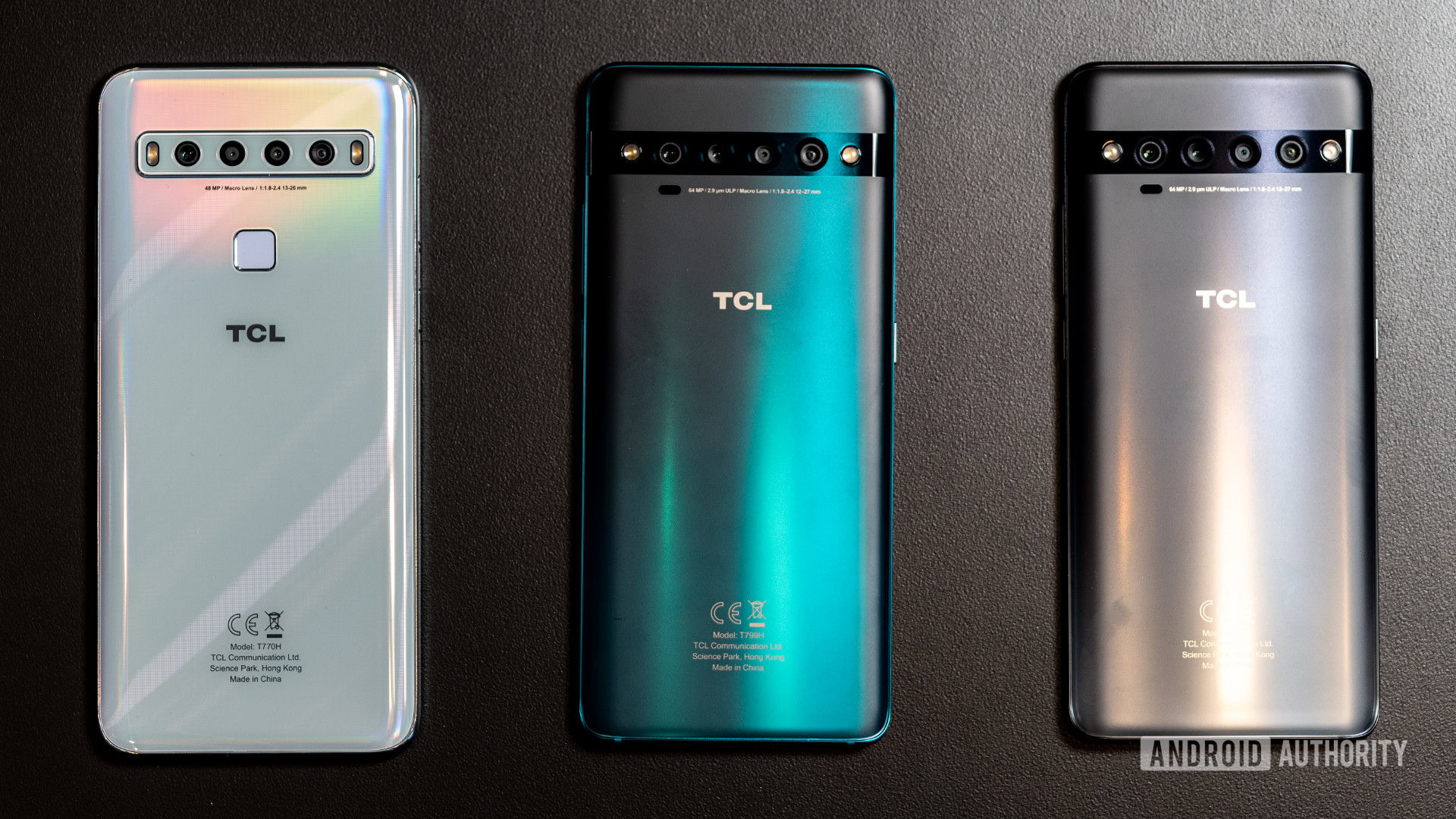
TCL is already a big brand in TVs and the appliances space, and it’s been quietly building out its smartphone business by licensing brands like BlackBerry, Palm, and Alcatel. But the company now thinks it has enough brand power to put out phones under its own name. Following the TCL Plex released at IFA 2019, TCL used CES 2020 to announce the TCL 10, TCL 10 Pro and TCL 10 5G.
We don’t know a ton about these phones yet, as TCL is planning to give them a full unveiling at MWC in February. We do know that the TCL 10 Pro will be powered by an upper-mid-range Snapdragon 700-series processor and that it will feature an OLED display with curved sides. On the back, you’ll get four cameras arranged horizontally, including a 64MP main shooter.
There’s still a lot we don’t know about the TCL 10 Pro, but the company did reveal it’s going to cost less than $500 and that it will be sold in North America. That alone is exciting, as the US market severely lacks options in the mid-range segment that’s so competitive in countries like India. It’s high time a new player shakes up the market, and TCL is well positioned to do so.
Coolpad Legacy 5G
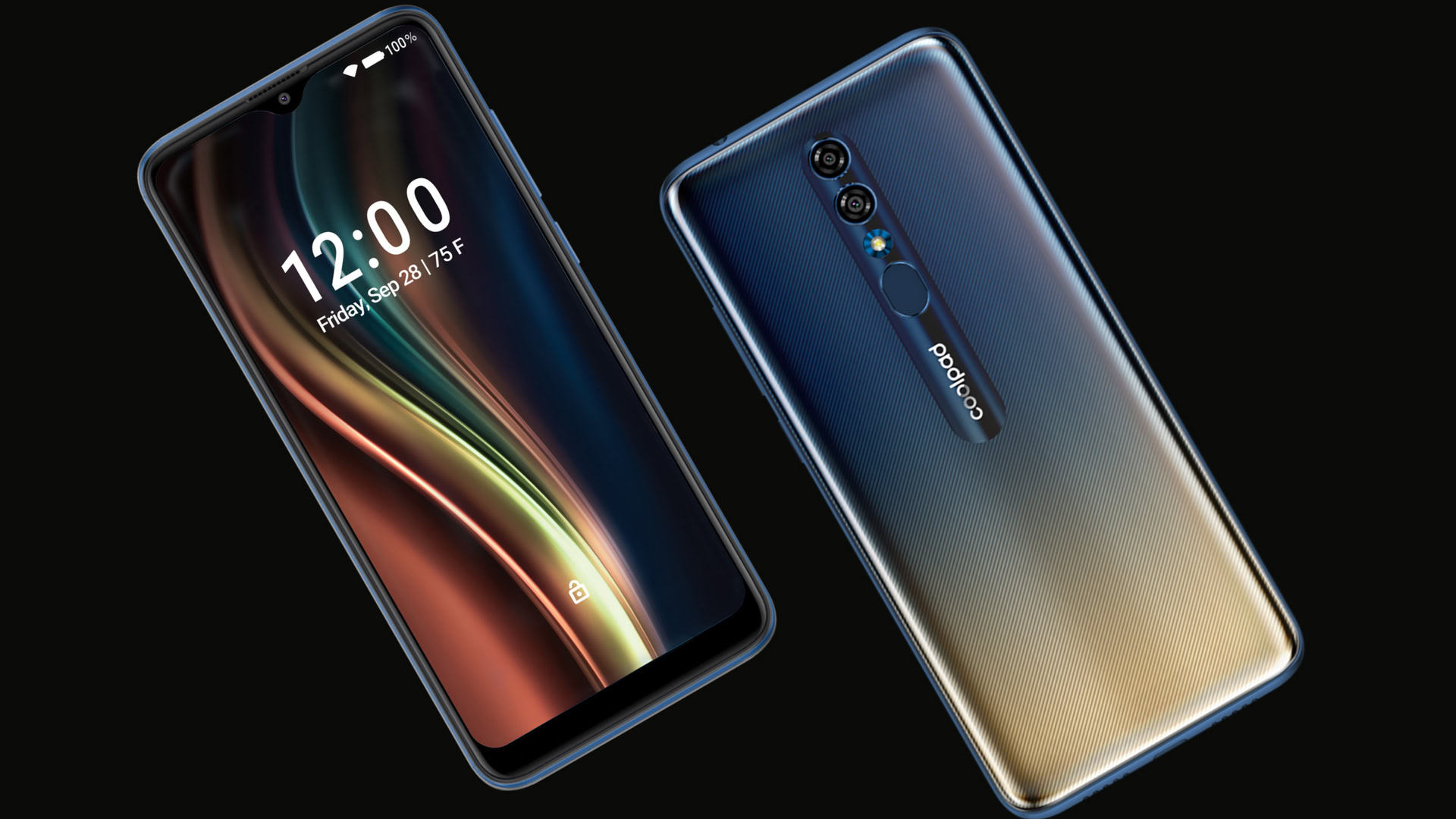
Phone makers and carriers are working on 5G’s chicken-and-egg problem. In 2020, the big US carriers will finally make some meaningful 5G network deployments and make 5G a household name. Just in time, Coolpad is bringing to market a very affordable 5G phone.
The Coolpad Legacy 5G will probably be the cheapest 5G phone Americans will be able to get when it arrives sometime in Q2 2020. It will cost just $360, which is amazingly cheap considering the eyewatering prices of 2019 5G phones.
For the money, the Legacy 5G will get you a 6.53-inch FHD+ display powered by Pixelworks’ HDR technology, a 4,000mAh battery, dual 48MP and 8MP rear cameras, and a 16MP selfie cam. Not bad considering you’re also getting 5G.
Like the TCL 10 Pro, the Coolpad Legacy 5G will be fully unveiled sometime later this year.
These are our picks for the best phones of CES 2020. Which one do you like the most?